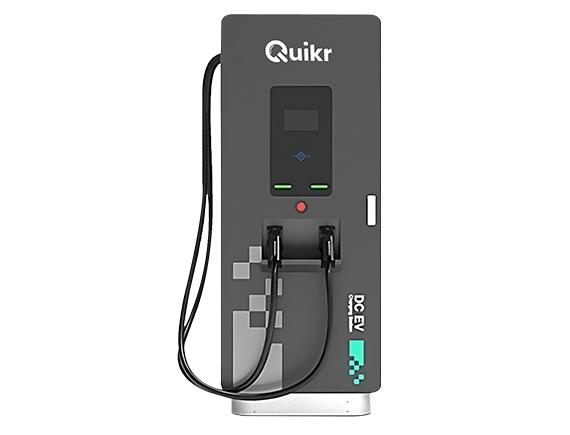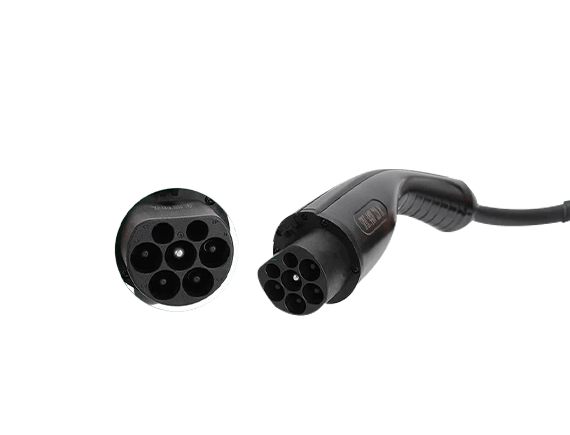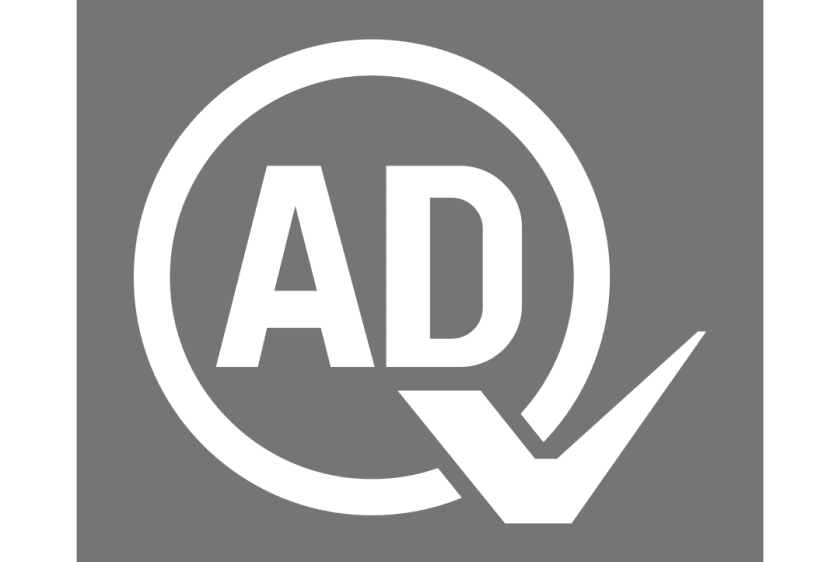Electric vehicle (EV) charging is categorized into different modes, each defining the power delivery method and safety protocols. The four primary charging modes are:
- Mode 1 – Basic AC charging (slow, no safety features)
- Mode 2 – Portable EVSE with in-cable protection
- Mode 3 – Dedicated AC charging station
- Mode 4 – DC fast charging (rapid charging for EVs)
Among these, Mode 4 DC EV cables are the fastest, making them essential for commercial and high-power charging stations.
What Are Mode 4 DC EV Cables?

Mode 4 DC EV cables are designed for DC fast charging (DCFC), bypassing the vehicle’s onboard charger to deliver direct current (DC) at high power levels (typically 50 kW to 350 kW).
Key Characteristics:
- Used in public fast-charging stations (Tesla Superchargers, Electrify America, etc.)
- Supports CCS (Combined Charging System), CHAdeMO, and GB/T standards
- Enables 80% charge in 20-40 minutes (vs. hours with Mode 2 or Mode 3)
EV Charging Modes Explained (Mode 1 to Mode 4)
Mode 1 Charging Cable
- Basic AC charging from a standard outlet
- No communication between EV and power source
- Slowest & least safe (not recommended for modern EVs)
Mode 2 Charging Cable
- Includes an In-Cable Control and Protection Device (IC-CPD)
- Used with household sockets (3-7 kW)
- Safer than Mode 1 but still slow
Mode 3 EV Charger
- Dedicated AC charging station (7-22 kW)
- Requires a Type 1 or Type 2 connector
- Common in home & public AC chargers
Mode 4 DC EV Charger
- Ultra-fast DC charging (50-350 kW)
- Bypasses the onboard charger for direct battery charging
- Used in highway charging stations & commercial setups
Mode 2 vs. Mode 3 vs. Mode 4 Charging Cables
| Feature | Mode 2 | Mode 3 | Mode 4 |
|---|---|---|---|
| Power Type | AC | AC | DC |
| Charging Speed | Slow (3-7 kW) | Medium (7-22 kW) | Ultra-Fast (50-350 kW) |
| Use Case | Emergency/home charging | Home/public AC charging | Commercial fast charging |
| Connector Type | Type 1/Type 2 with IC-CPD | Type 1/Type 2 | CCS, CHAdeMO, GB/T |
Benefits of Using Mode 4 DC EV Cables
✅ Blazing-Fast Charging – 80% in under 30 minutes
✅ Ideal for Long Trips – Highway charging stations rely on Mode 4
✅ Future-Proof – Supports next-gen EVs with 800V battery systems
✅ High Efficiency – Less energy loss compared to AC charging
How to Choose the Right Mode 4 EV Charger

1. Check Compatibility
- Does your EV support CCS, CHAdeMO, or GB/T?
- Newer EVs (2025 models) mostly use CCS Combo
2. Power Output (kW Rating)
- 50-150 kW – Good for most EVs
- 350 kW – Best for luxury/high-performance EVs
3. Cable Length & Durability
- 5m+ cables for flexible charging
- Liquid-cooled cables for high-power charging
4. Safety Certifications
- Look for IEC 62196, UL, or CE certifications
Mode 4 Charging Cable: Key Features & Specifications
🔹 Connector Types: CCS, CHAdeMO, GB/T
🔹 Voltage Range: 200V – 1000V (for 800V EVs)
🔹 Cooling System: Passive/Air vs. Liquid-Cooled Cables
🔹 Smart Features: Auto-shutoff, temperature monitoring
Future of DC Fast Charging in 2025
- Ultra-fast 500 kW+ charging isbecoming mainstream
- Bidirectional charging (V2G) integration
- Solid-state batteries reducing charging times further
FAQs About Mode 4 EV Charging
Q: Can I use a Mode 4 cable at home?
A: No, Mode 4 requires high-power commercial stations.
Q: Is Mode 4 charging bad for my EV battery?
A: Occasional use is fine, but frequent ultra-fast charging may degrade battery life.
Q: How much does a Mode 4 charger cost?
A: 10,00050,000+ (mostly for commercial use).
Conclusion & Where to Buy
Mode 4 DC EV cables are revolutionizing EV charging with ultra-fast speeds and high efficiency. Whether you’re a fleet operator or an EV enthusiast, understanding these cables ensures you get the best charging experience.
🚀 Need a custom mode 4 EV charging solution?
👉 Contact Us Today!





